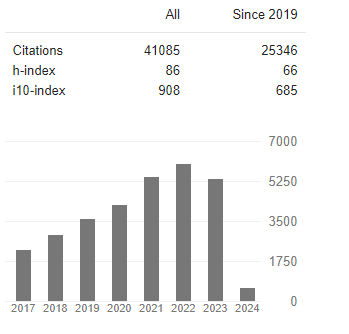Critical Factors Affect Adoption of Cloud-Based Platforms in Higher Education Systems in Afghanistan
Abstract
Frishta Amiri
With the rapid expansion of network and computer technologies, the landscape of education is evolving, with knowledge updating at an unprecedented pace. Education stands as a cornerstone in the growth and sustenance of a nation's economy. However, universities in developing nations like Afghanistan encounter numerous obstacles, including budget constraints, licensing issues, and infrastructure maintenance, particularly in their ICT-related pedagogical activities. To address these challenges, cloud-based platforms have emerged as pivotal technologies for delivering e-content, revolutionizing the learning and teaching processes. These online platforms offer intuitive interfaces that foster seamless interaction between instructors and students, enriching the learning experience with a myriad of resources and tools. Despite their potential benefits, the adoption of cloud-based platforms presents its own set of challenges. This study aimed to identify the critical factors hindering the adoption of cloud-based platforms in Afghanistan's higher education systems. Employing a mixed- methods approach, the study surveyed 106 students, comprising 92 males and 14 females. The findings unveiled several barriers to the utilization of cloud-based platforms, including technological illiteracy and incompetency, inadequacy of technological resources, complexity of technology, technical glitches, poor internet connectivity, language barriers, and insufficient training. To overcome these barriers, the study offers valuable insights and recommendations tailored to the unique context of Afghanistan's higher education sector. By addressing these challenges head-on, stakeholders can pave the way for the successful adoption and integration of cloud-based platforms, thereby enhancing the quality and accessibility of education in the region.




